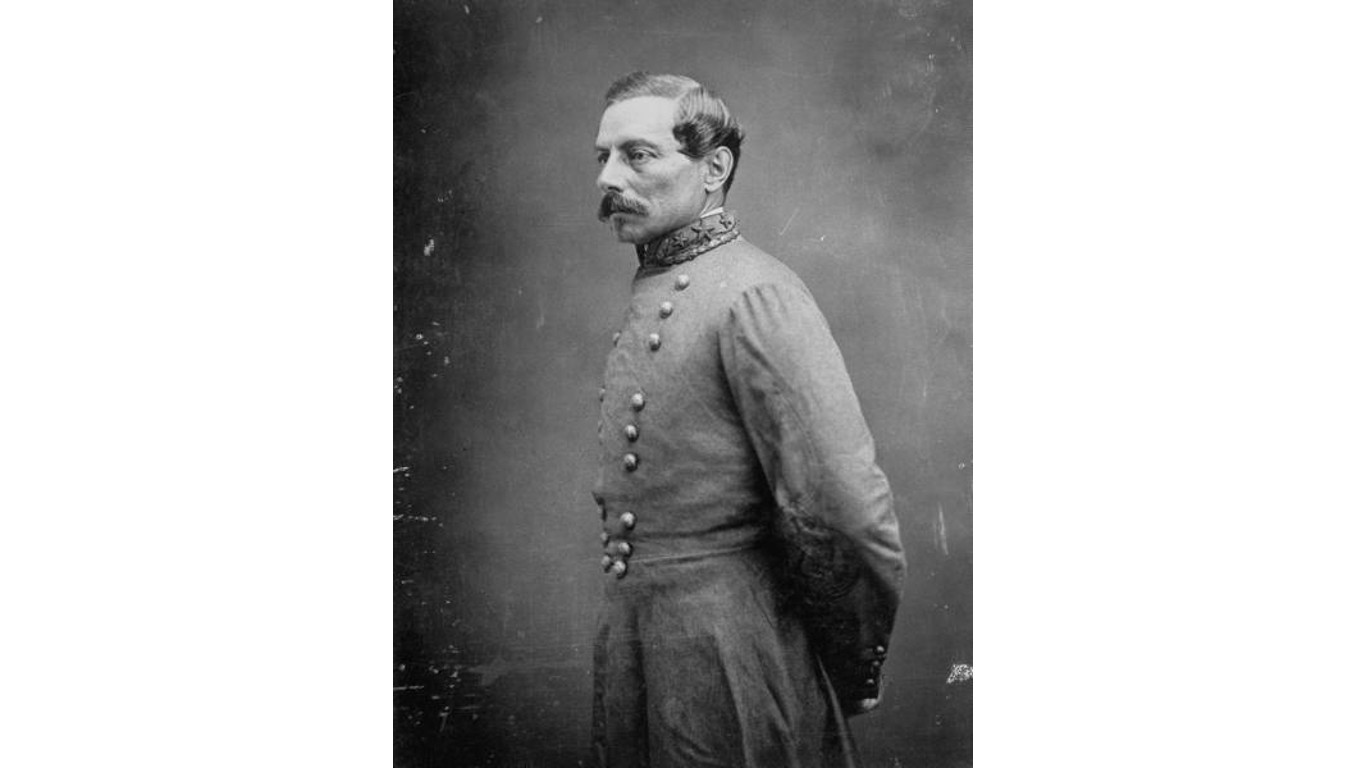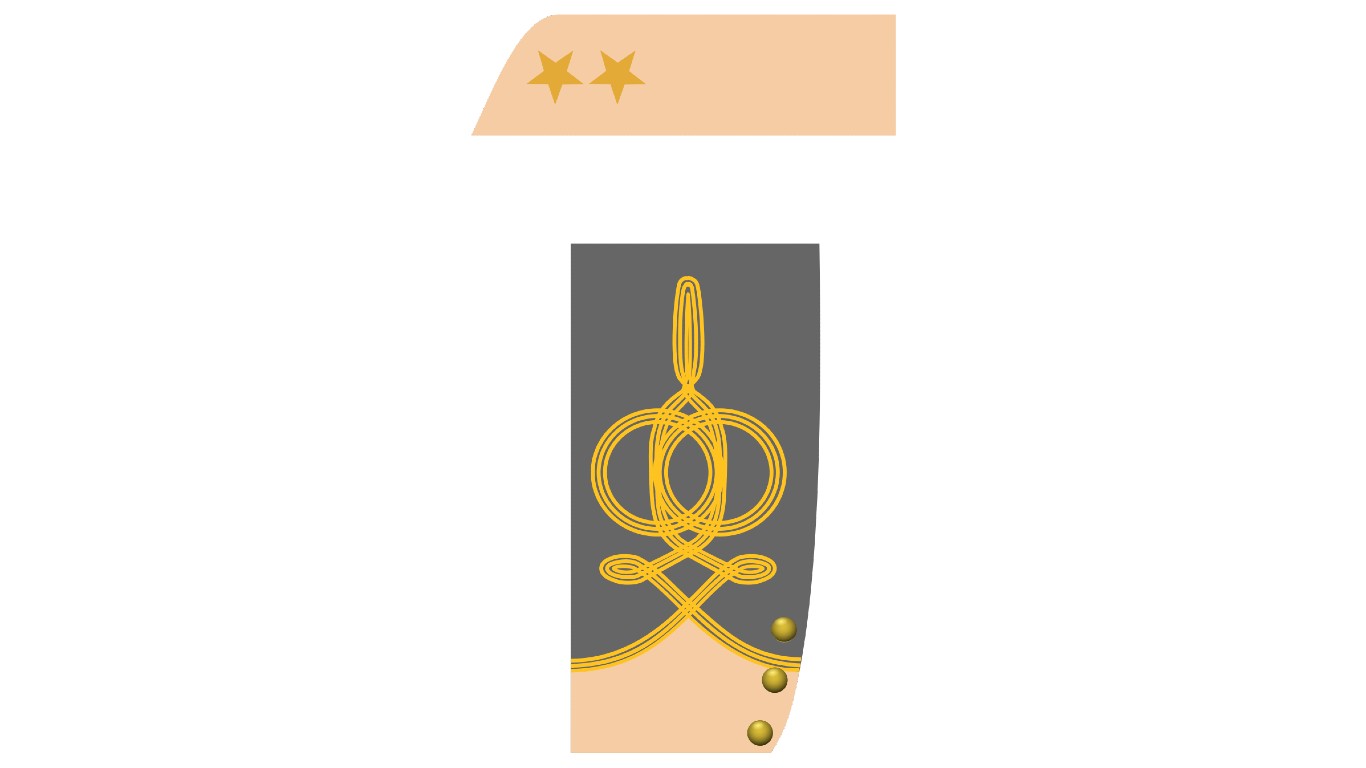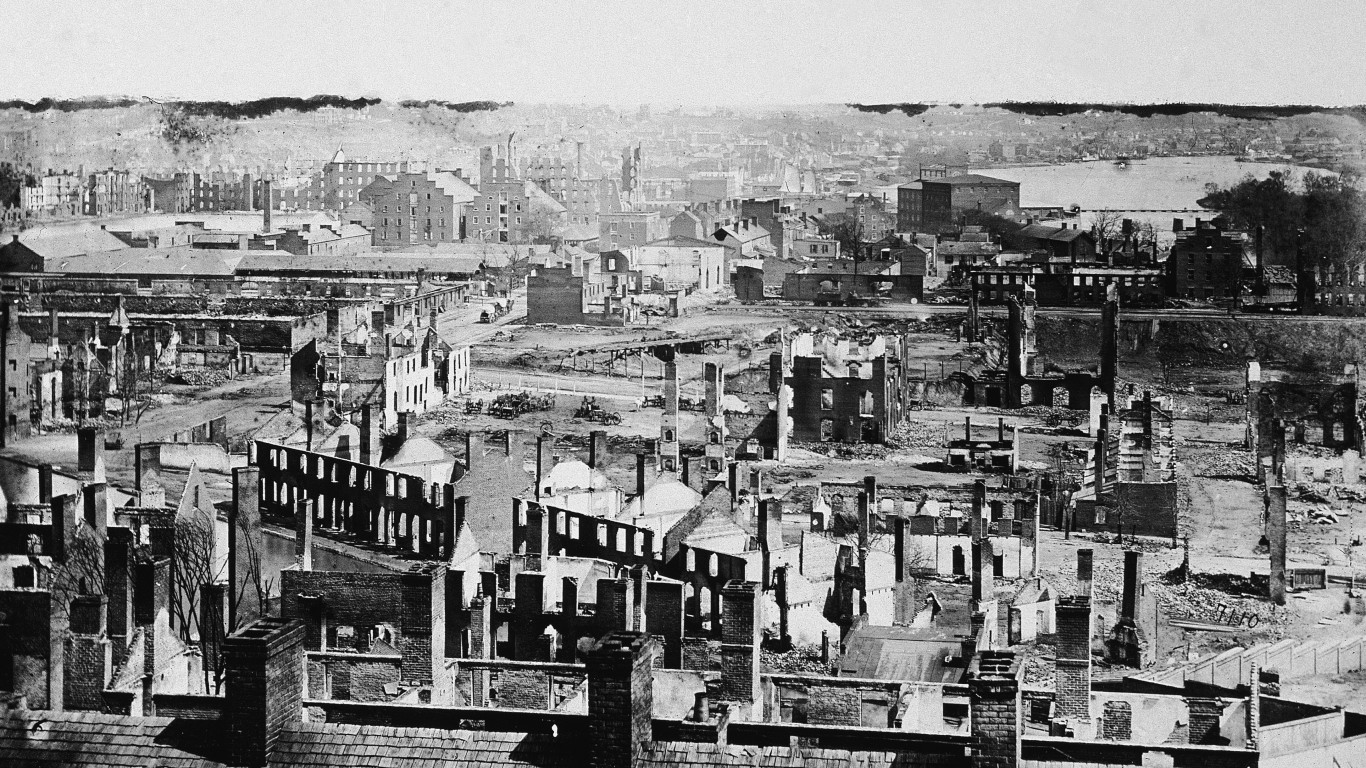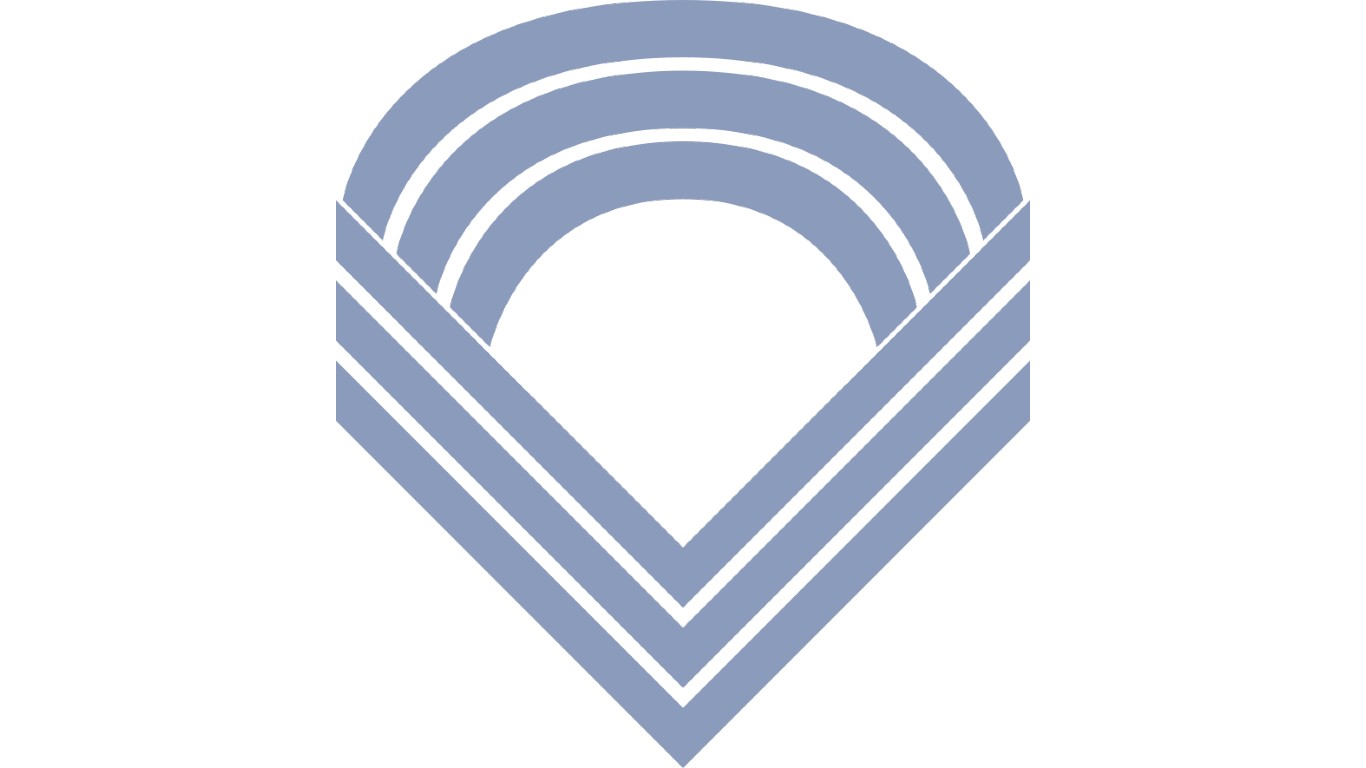
Almost 2.4 million soldiers fought in the Civil War – about 1.56 million for the North and probably 800,000 for the South (records for the Confederate are incomplete). Estimates of the total number who did not survive the conflict range from about 620,000 to about 752,000. Whatever the correct figure is, the Civil War is by far the bloodiest conflict America has ever fought. (Here’s a list of the wars that killed the most Americans.)
Union troops fought to preserve the Union and later to abolish slavery. Confederate soldiers took up arms for state pride, to preserve slavery, and to defend their homes. For fighting men on both sides of the struggle, steady pay was another incentive.
To compile a list of the monthly wage of soldiers of every rank fighting in the Civil War, 24/7 Tempo reviewed a report by the data site Statista, which drew statistics from the American Battlefield Trust, an organization that preserves America’s battlegrounds, and the U.S. Department of Defense.
Most of the soldiers on either side had been farmers whose average age was about 26 years old. They were supposed to be paid every two months, but this rarely happened because of the great distances military paymasters had to travel.
With the exception of the rank of captain, and for a brief time private, Confederate soldiers were typically paid less than their opposite numbers in the Union ranks.
Click here to see how much soldiers were paid during the Civil War
Privates on each side initially earned $11 per month. In June 1864, the Confederates raised each soldier’s pay to $18 per month. However, that amount was worth less and less as Confederate currency’s value plunged the longer the war lasted. That same month, the Union lifted its soldiers’ monthly wage to $16. (These days, here’s how much the U.S. military are paid at every pay grade.)
African-American soldiers were initially paid just $10 per month and didn’t receive the $3 clothing allowance that white soldiers got. After June 1864, black soldiers who had been free men before the war were paid the same as whites. Recently freed slaves who joined the Union army did not get the pay increase.
Lieutenant General
> Union wage: $748 a month
> Confederate wage: $301 a month
[in-text-ad]

Major General
> Union wage: $457 a month
> Confederate wage: $301 a month

Brigadier General
> Union wage: $315 a month
> Confederate wage: $301 a month

Colonel
> Union wage: $212 a month
> Confederate wage: $195 a month
[in-text-ad-2]

Lieutenant Colonel
> Union wage: $181 a month
> Confederate wage: $170 a month

Major
> Union wage: $169 a month
> Confederate wage: $150 a month
[in-text-ad]

Captain
> Union wage: $115.50 a month
> Confederate wage: $130 a month

Second Lieutenant
> Union wage: $105.50 a month
> Confederate wage: $80 a month

First Lieutenant
> Union wage: $105.50 a month
> Confederate wage: $90 a month
[in-text-ad-2]
Sergeant Major
> Union wage: $21 a month
> Confederate wage: $21 a month
Quartermaster Sergeant
> Union wage: $21 a month
> Confederate wage: $21 a month
[in-text-ad]

First Sergeant
> Union wage: $20 a month
> Confederate wage: $20 a month
Sergeant
> Union wage: $17 a month
> Confederate wage: $17 a month

Private – after June 1864
> Union wage: $16 a month
> Confederate wage: $18 a month
[in-text-ad-2]

Corporal
> Union wage: $13 a month
> Confederate wage: $13 a month

Private (white) – before June 1864
> Union wage: $13 a month
> Confederate wage: $11 a month
[in-text-ad]

Private (black) – before June 1864
> Union wage: $7 a month
> Confederate wage: $0
Are You Ahead, or Behind on Retirement? (sponsor)
If you’re one of the over 4 Million Americans set to retire this year, you may want to pay attention.
Finding a financial advisor who puts your interest first can be the difference between a rich retirement and barely getting by, and today it’s easier than ever. SmartAsset’s free tool matches you with up to three fiduciary financial advisors that serve your area in minutes. Each advisor has been carefully vetted, and must act in your best interests. Start your search now.
Don’t waste another minute; get started right here and help your retirement dreams become a retirement reality.
Thank you for reading! Have some feedback for us?
Contact the 24/7 Wall St. editorial team.




